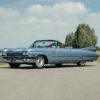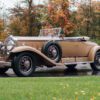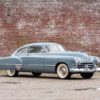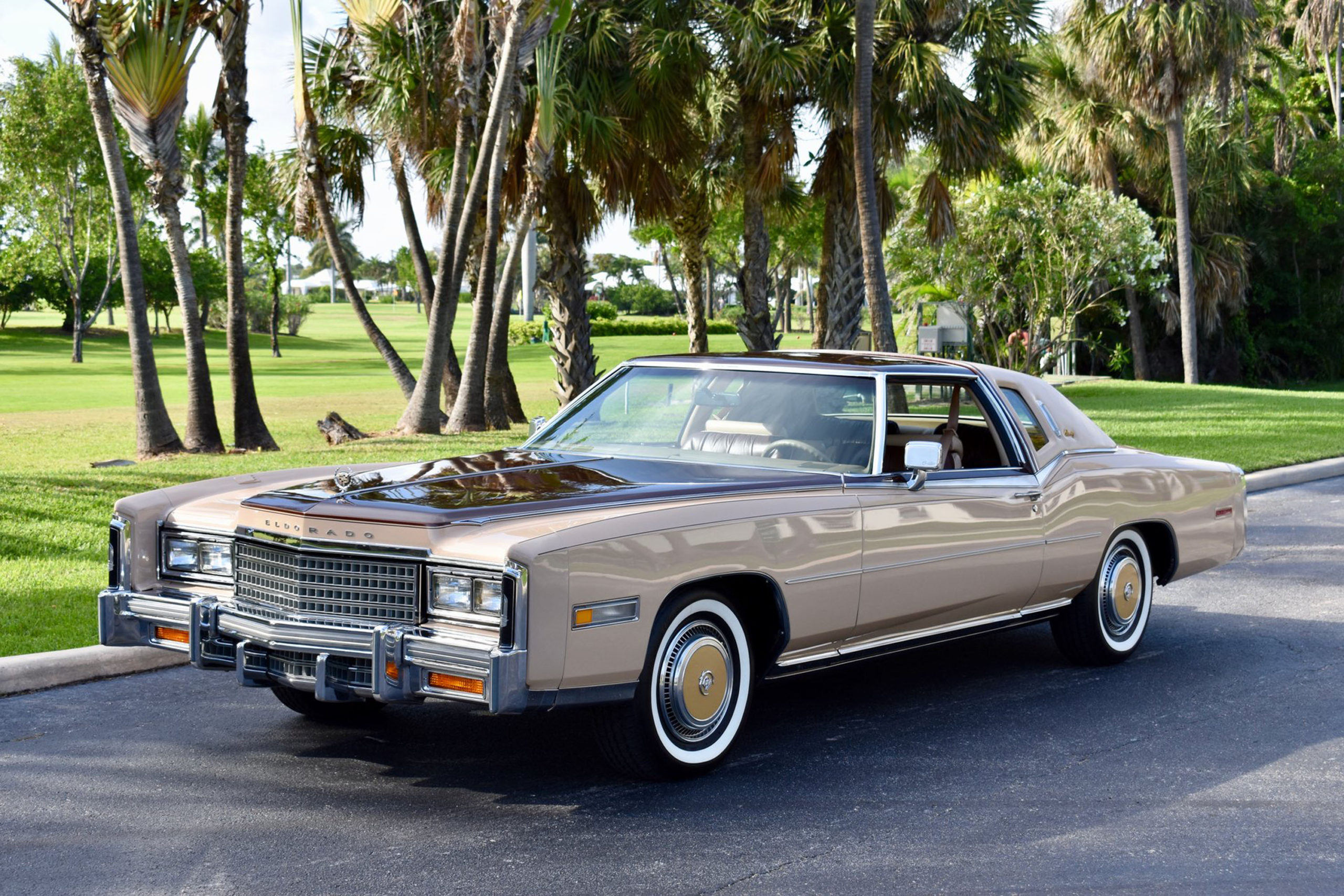Cadillac Eldorado Models & History (1971-78 )
The bigger V-8 of 1970 hinted that a bigger Eldo was on the way. But though the mostly new 1971 edition was 6.3 inches longer between wheel centers, it was just 0.6-inch longer overall and only some 75 pounds heavier. Even so, the more rounded styling made it look far bulkier than its crisply chiseled forebears, and most of the extra wheelbase went ahead of the firewall, not into the cockpit. All of which later moved Automobile Quarterly to lament that “there is absolutely no logical reason for owning [this] Eldorado…. In terms of efficiency it ranks somewhere near zero…. In terms of handling it is a barge compared with the very nice car it was six years ago. It also has the thirstiest engine in production.”
But if this Eldorado seemed outsize then, let alone now, it was precisely what the luxury market wanted for most of the self-indulgent Seventies. Sales bear this out. Bolstered by a revived Eldorado convertible (replacing the de Ville ragtop), this series recorded sizeable production gains through 1973, dipped in Energy Crisis ’74, recovered in 1975-76, then soared to a record 47,000 in swan-song 1977-78.
The front-wheel-drive Eldorados were restyled stem to stern. A new egg crate grille was seen. The front bumper had an angular, in-and-out look with wide spread vertical guards. Parking lamps wrapped around the body corners. On the sides of the cars, a thin rub molding ran from behind the forward wheel housing and stretched nearly to the round, rear side marker lamps, which had wreath and crest ornamentation. Gone were the vertical rear fender breaks (along with the windsplit trim), but fender skirts and bright underscores were used again. An Eldorado script was seen behind the front wheel opening. The deck lid still bulged up at the top center, but was flatter along its rear face. The rear bumper was flatter and straighter, too. Vertical taillamps looked somewhat like the previous type, but with the heavy chrome housings deleted. They slanted slightly forward at the same angle as the fender line. Standard Eldorado extras included Automatic Level Control, new energy absorbing bumper system, “coach” windows for coupes and the 500 cubic inch V-8.
| Model Number | Style Number | Body Type | Seating | Factory Price | Shipping Weight | Production Total |
|---|---|---|---|---|---|---|
| 6L | L47/H |  2-door Hardtop Coupe 2-door Hardtop Coupe |
6 pass | $7360 | 5094 | 42,136 |
| 6L | L67/E |  2-door Convertible 2-door Convertible |
6 pass | $7681 | 5131 | 9,315 |
Year-to-year changes were too numerous to list here, but the 500 V-8 persisted through ’76 (with fuel injection optional from early 1975), after which a more responsible new 425 took over. Styling was freshened for ’75 with skinless rear wheels, a pronounced beltline dip, and rectangular quad headlights; four-wheel disc brakes were standardized for ’76. There were always plenty of interesting options, such as the coupe’s Custom Cabriolet roof (from 1972), fancy Custom Biarritz and two-tone Biarritz Classic packages (from late ’76), “Track Master” rear anti-lock brakes (1972), even a driver’s airbag (a few for ’74). Horsepower withered with progressively tightening emissions limits — drastically with the switch from SAE gross to more realistic net ratings — but usable performance wasn’t much affected. Prices went the other way, breaking the $10,000 barrier in ’75.
By then, the ultimate owner-driver Cadillac was the new Seville, a compact four-door priced at $12,479, but the soft-top Eldorado made a big splash for ’76 as Detroit’s last factory-built convertible. Though Cadillac had held out longest against the steady, industry-wide drop in ragtop demand, there was no reason to persist by mid-decade. But the sales staff, seeing a golden profit opportunity, ordered a final run of 14,000 Convertibles — up 60 percent on 1975 output. Announcing “the last of a magnificent breed,” they then really hyped things with 2000 special all-white commemoratives. Cadillac kept the very last one of those, but rabid speculators quickly bid the others up to three times the suggested $11,049 sticker price — all to no avail. As time would prove, of course, this “last convertible” really wasn’t, and the open-air Eldorado would return.
| ELDORADO ENGINE | |
|---|---|
| Engine type | V-8 Overhead valves. Cast iron block |
| Displacement | 500 cubic inches (8.2 L) |
| Bore & stroke | 4.300 x 4.304 inches |
| Compression ratio | 8.5:1 |
| Brake horsepower (SAE gross) | 365 @ 4400 rpm |
| Torque | 535 @ 3000 rpm |
| Oil pressure | 35-40 |
| Main bearings | five |
| Valve lifters | Hydraulic |
| Carburetor | Rochester four-barrel Quadrajet model 4MV (Eldorado type) |
| POWERTRAIN OPTIONS | |
|---|---|
| Trackmaster for Eldorado only | $211 |
| Automatic Climate Control | $537 |
|---|---|
| Cruise control | $95 |
| Fan type rear window defogger | $37 |
| Grid type rear window defogger | $63 |
| Door edge guards in 2-door | $6 |
| Power door locks | $71 |
| Power door locks with electric seat back release in coupes and convertibles | $71 |
| One piece front and rear floor mats | $20 |
| Soft Ray tinted glass | $59 |
| Guidematic | $51 |
| Lamp monitors | $50 |
| License frame(s) | $6/1; $12/2 |
| Remote control right mirror | $26 |
| Firemist paint | $132 |
| AM/FM pushbutton Radio | $138 |
| AM/FM signal-seeking stereo Radio | $328 |
| AM/FM radio with tape | $416 |
| Padded vinyl roof | $161 |
| Shoulder belts in convertible front seat or rear seat | $32 |
| Tilt and Telescope steering wheel | $95 |
| Sun roof with padded roof mandatory | $626 |
| Trumpet horn in coupe | $16 |
| Remote control trunk lock | $58 |
| Trunk mat | $8 |
| Twilight Sentinel | $41 |
| Expanded leather upholstery in Eldorado coupe | $184 |








